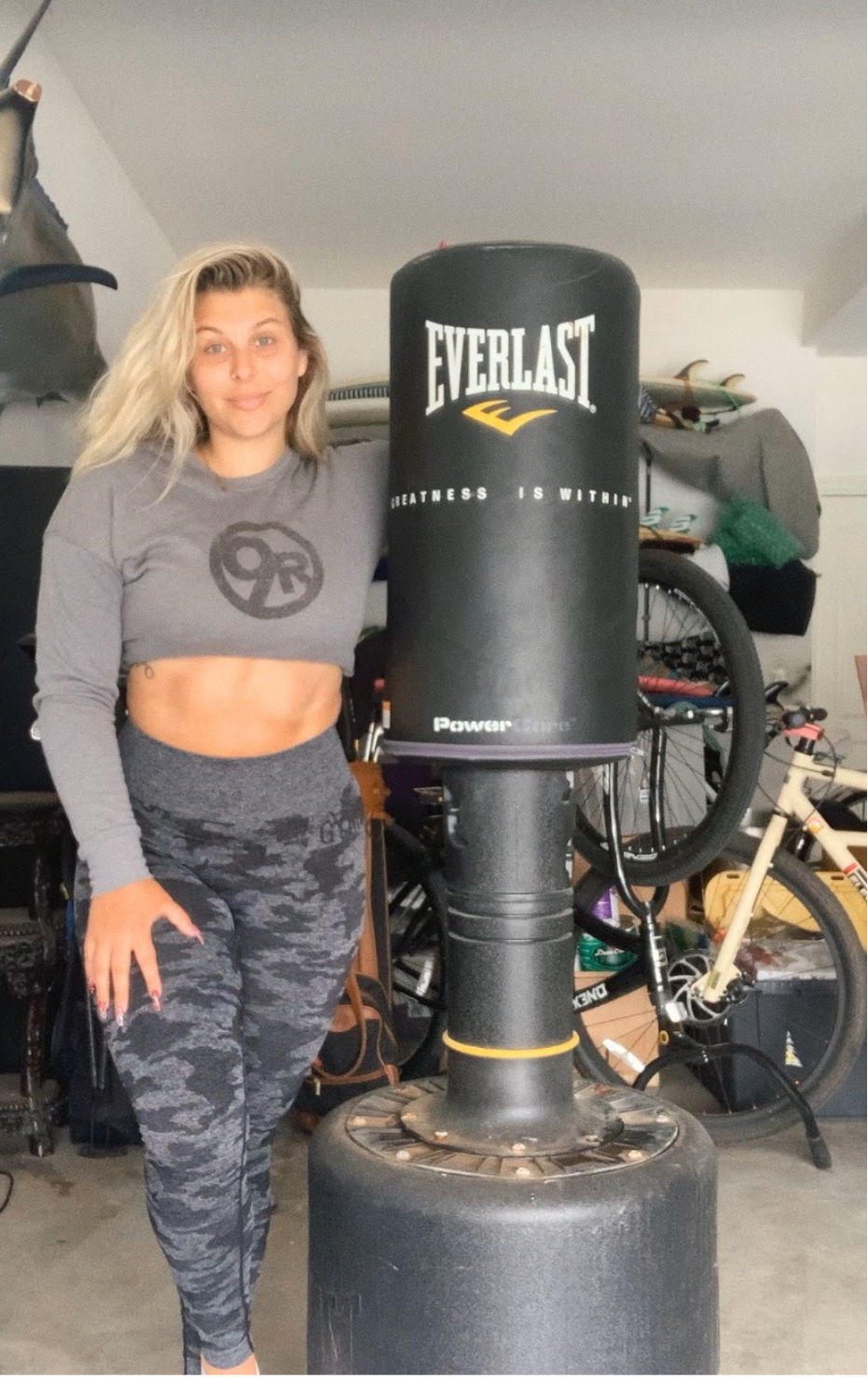How and why students are motivated to exercise at home
For many exercise enthusiasts at DePaul University, the Ray Meyer Fitness Center, Corepower Yoga and SoulCycle were always within a few miles of campus.
But when COVID-19 hit Chicago and the rest of the world, gyms shut shown amid fears of transmission. Though some gyms are starting to open up, including the Ray Meyer Fitness Center, some people are not ready to make the return to their regular exercise routine.
Students Mia Caballero, Hector Cervantes and Savannah Preuss have all used different means to turn their homes into their own personal workout spaces amid fears during the pandemic.
Even though they’re confined to their homes, Caballero and Cervantes, rising seniors, try to make their gym routines mirror their experiences at the Ray. Caballero would visit the gym around four or five times a week for weightlifting, but switched to watching YouTube videos from exercise enthusiasts such as Whitney Simmons and Sydney Cummings. For Cervantes, he spent his mornings lifting weights and running on the indoor track, and now focuses on long-distance running outdoors.
Though online workouts through streaming services like YouTube have been popular, Zoom, Facebook Live and Instagram Live have become alternatives to the pre-recorded and uploaded workout videos we’re more familiar with.
Barry’s Bootcamp, another guided workout space that’s near DePaul’s campus, is offering different livestream classes at a variety of prices — $20 for one class or $225 for a month of live workouts.
Preuss, another rising senior at DePaul, has been one of the many people who has turned to Zoom workouts. With Zoom, she has one-on-one workouts with her personal trainer as well as kickboxing classes with 9Round Fitness. For Preuss, she finds motivation to attend these classes because she has to pay for them ahead of time.

Savannah Preuss with her punching bag for her 9Round classes. Courtesy of Savannah Preuss.
For Cervantes and Caballero, they’re focused on looking and feeling their best for the summer.
“What keeps me motivated to work out is the warm weather since I want to look and feel the best I can in the summer,” Cervantes said.
Although looking their best provides them with motivation to work out, another major reason to exercise is the effect it has on their mental health. Caballero said it’s the first and foremost reason why she decides to exercise. Cervantes said it makes him feel more productive and accomplished throughout his day.
According to the Mayo Clinic, there are many mental health benefits to exercising. These benefits include helping reduce anxiety and depression by releasing “feel-good” endorphins, improving mood and keeping feelings of depression or anxiety from coming back. Not only has the Mayo Clinic discussed the importance of exercise during COVID-19, but Rush University Medical Center has said exercising can also boost your immune system.
“Exercise has impacted my mental health a lot in great ways and exercising is a great way to have a span of time where you’re just focusing on yourself and putting all of your effort into the activity you’re doing,” Caballero said.
Preuss finds her multiple exercise outlets for internal and external well-being.
“I exercise for mental health and body image. It makes my body feel better, especially during this time when I’m not as active and eating more than usual,” she said. “It’s also a good distraction and way to go outside.”
Header image by Yusra Shah




NO COMMENT